The Shortwave Infrared Market is currently characterized by a dynamic competitive landscape, driven by technological advancements and increasing applications across various sectors, including defense, industrial, and medical. Key players such as FLIR Systems (US), Teledyne Technologies (US), and Lynred (FR) are strategically positioned to leverage innovation and expand their market presence. FLIR Systems (US) focuses on enhancing its product portfolio through continuous research and development, while Teledyne Technologies (US) emphasizes strategic acquisitions to bolster its technological capabilities. Lynred (FR), on the other hand, is concentrating on regional expansion, particularly in Asia-Pacific, to tap into emerging markets. Collectively, these strategies contribute to a competitive environment that is increasingly centered around technological differentiation and market responsiveness.
In terms of business tactics, companies are localizing manufacturing and optimizing supply chains to enhance operational efficiency and reduce costs. The market structure appears moderately fragmented, with several players vying for market share. However, the influence of key players is substantial, as they set industry standards and drive innovation. This competitive structure fosters an environment where collaboration and strategic partnerships are essential for sustained growth and market penetration.
In August 2025, FLIR Systems (US) announced the launch of a new line of shortwave infrared cameras designed for industrial applications, which is expected to enhance their competitive edge in the market. This strategic move not only diversifies their product offerings but also positions them to meet the growing demand for advanced imaging solutions in various sectors. The introduction of these cameras reflects FLIR's commitment to innovation and its ability to respond to market needs effectively.
In September 2025, Teledyne Technologies (US) completed the acquisition of a leading infrared sensor manufacturer, significantly expanding its technological capabilities and product range. This acquisition is likely to enhance Teledyne's position in the Shortwave Infrared Market by integrating advanced technologies and expanding its customer base. The strategic importance of this move lies in its potential to accelerate product development and improve market competitiveness.
In July 2025, Lynred (FR) entered into a partnership with a prominent Asian technology firm to co-develop next-generation infrared sensors. This collaboration is indicative of Lynred's strategy to strengthen its foothold in the Asia-Pacific region, where demand for infrared technology is rapidly increasing. The partnership not only enhances Lynred's technological capabilities but also positions the company to capitalize on emerging market opportunities.
As of October 2025, current competitive trends in the Shortwave Infrared Market are increasingly defined by digitalization, sustainability, and the integration of artificial intelligence. Strategic alliances are playing a crucial role in shaping the landscape, as companies seek to combine resources and expertise to drive innovation. Looking ahead, competitive differentiation is likely to evolve from traditional price-based competition to a focus on technological innovation, supply chain reliability, and sustainable practices. This shift underscores the importance of adaptability and forward-thinking strategies in maintaining a competitive edge in the market.
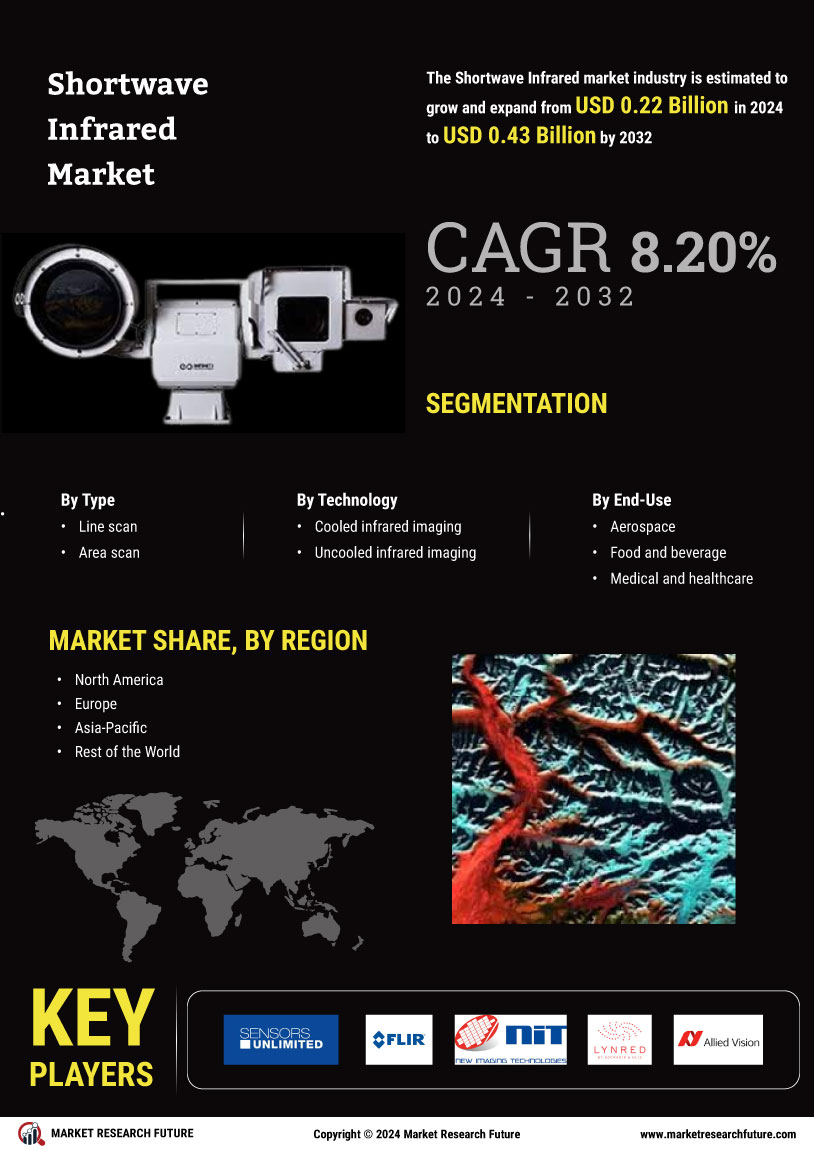
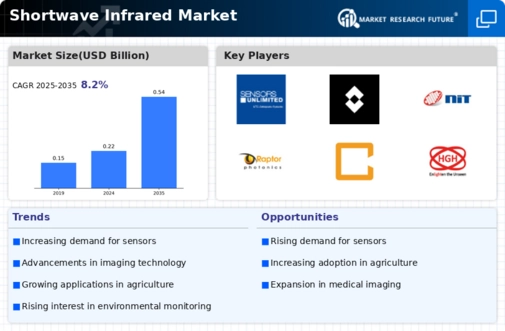
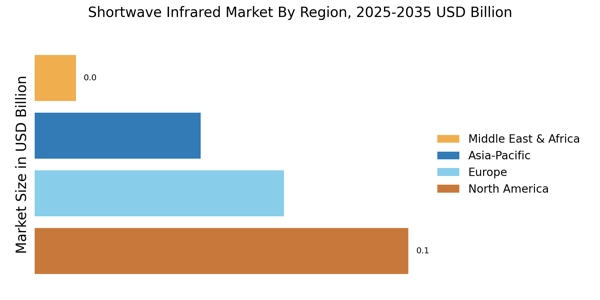
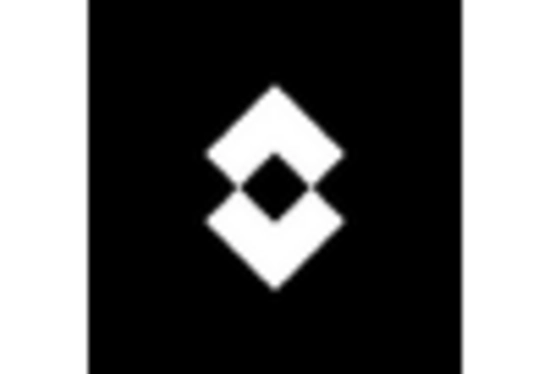
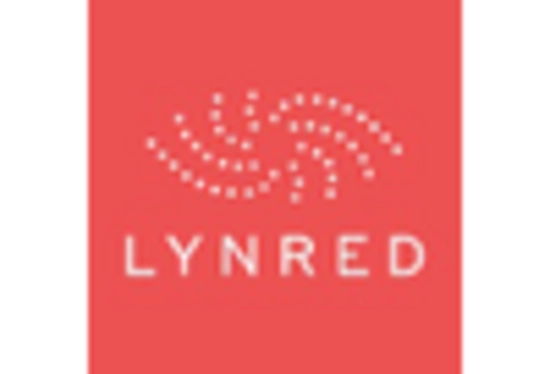
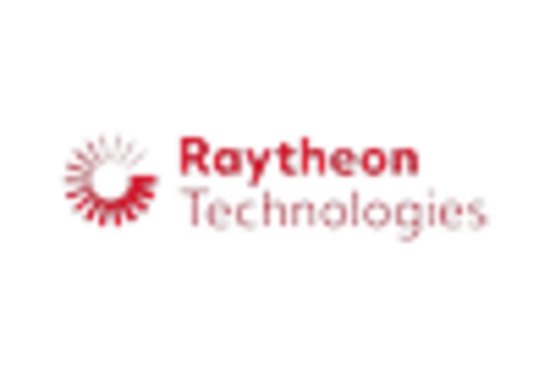
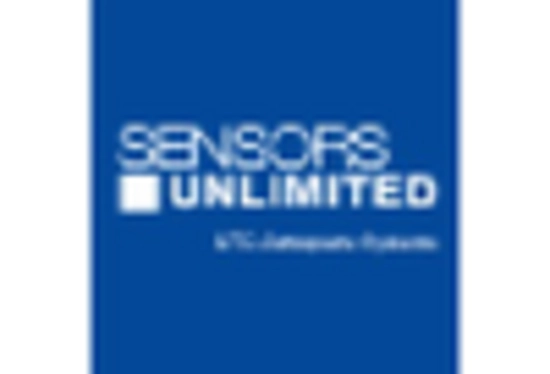
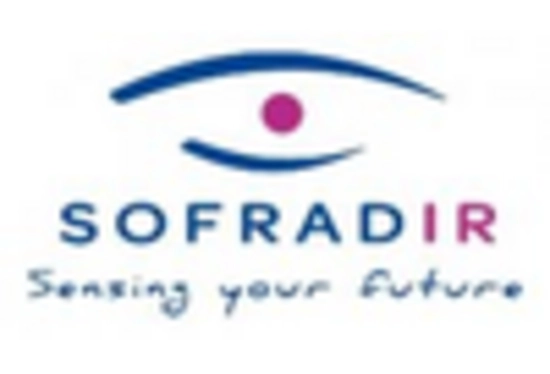
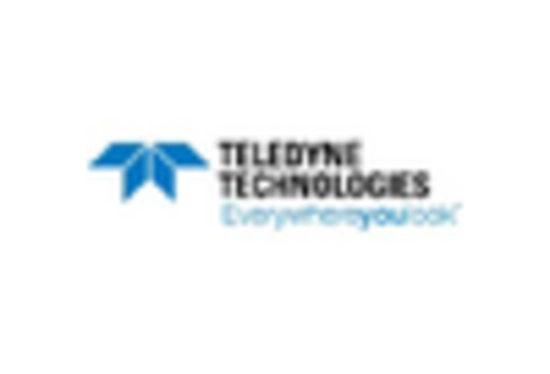








Leave a Comment